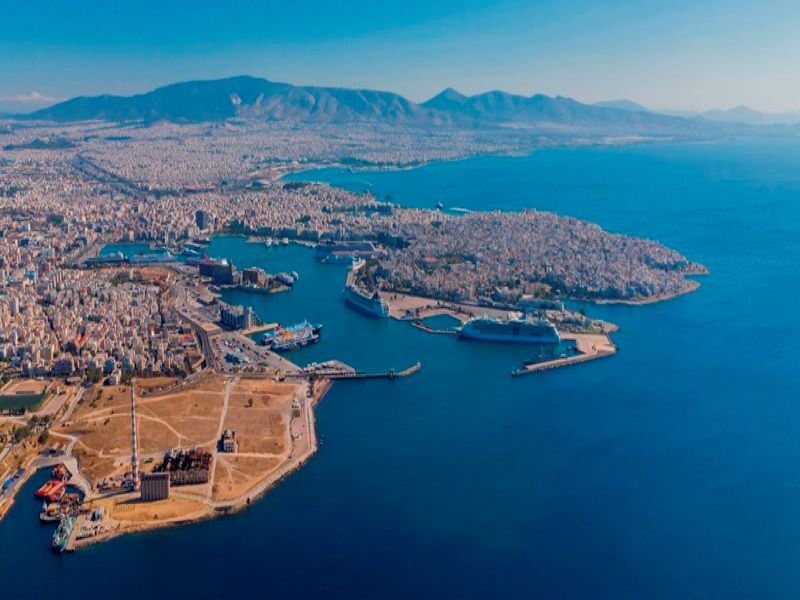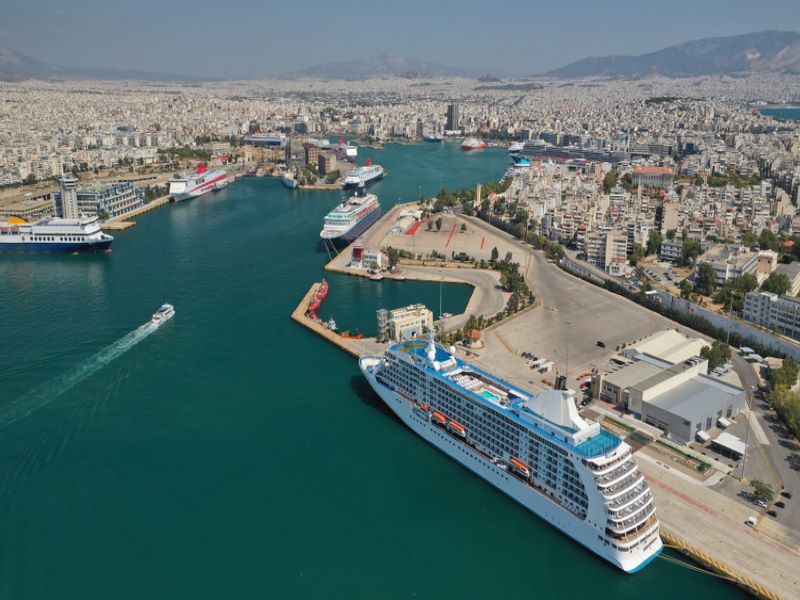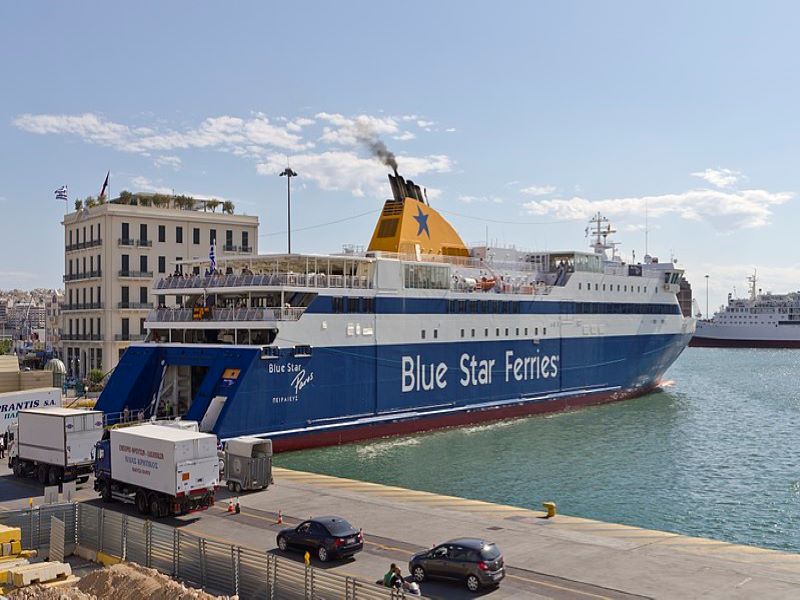Piraeus Port Authority is transforming the Port of Piraeus, the chief port of Greece, through a series of expansion projects. The transformation is a part of a scheme for improvements to the infrastructure of the port. The port is the largest port in Greece and has passenger traffic of up to 20 million a year.
The total investment of €600m ($660m) is planned to be pumped into the modernisation of Port of Piraeus over several years as part of the master plan. One of the key projects of the expansion programme is a new terminal, whose construction is currently underway. Estimated to be developed at a cost of €103m ($111.58m), the terminal project was inaugurated in February 2020 and is expected to be completed by the end of 2022.
The improvements to the port will generate new jobs and support the economic growth of the country, and contribute towards enhancing cruise shipping and tourism and reduction of the transportation costs.
The master plan includes future development plans and initiatives to increase the competitiveness of the terminal.
Port of Piraeus transformation details
The port transformation will include the upgrade of the existing container terminal, construction of a new cruise passenger handling facility, and enhancements to the ship repair area. A portion of the investment will also be made in the expansion of car shipping facilities and the development of a new port logistics facility.
The transformation plan includes the construction of an additional passenger terminal and the expansion of the current cruise terminal. The new terminal is expected to increase the port’s handling capacity by three million containers annually.
Construction
Tekal was awarded a contract for the construction of the new terminal at the Port of Piraeus. The new infrastructure will be built adjacent to the existing cruise facilities. The expansion will create a quay length of 1,510m with a water depth of 19m to 29.5m. Two berths will be built, with lengths of 390m and 350m respectively.
The expansion of the cruise terminal towards the southern side with two berthing positions will accommodate modern cruise ships with a length of more than 280m. I2QS was contracted to provide infrastructure design and consultancy services for the expansion of the port.
Financing for Port of Piraeus transformation project
The European Investment Bank (EIB) signed a 20-year loan agreement for the expansion of the port, in November 2019. EIB will provide €140m ($154m) to fund the redevelopment and the agreement covers €100m ($110.15m), with the remainder would be provided as the construction progresses.
The loan is guaranteed by the Export-Import Bank of China. The €120m ($133.08m) cruise terminal expansion project will be co-financed by the European Regional Development Fund through the Regional Operational Programme of Attica 2014-2020.
Port of Piraeus background
The Port of Piraeus is a major maritime transport hub in the Eastern Mediterranean region. The port has access to the Black Sea and the Balkans.
Located in Piraeus, the port accommodated more than eight million passengers and over 10.5 million cargo vessels in 1997.
China’s COSCO Shipping purchased a 51% stake in the port from the Hellenic Republic Asset Development Fund (HRADF) in 2016. The company can acquire an additional 16% interest, subject to the fulfilment of investment milestones.
Facilities and services
The port is the 32nd largest port in the world in terms of container cargo traffic. The container terminal, which started operations in June 2010, has a projected capacity of one million TEUs a year and can provide advanced services in loading and unloading containers. The port includes 11 berthing places, three passenger terminals, one helipad, and 240 slots for coaches and free Wi-Fi.
The container terminal includes mechanical equipment such as seven gantry cranes, eight rail-mounted gantry cranes, and one mobile crane.
Cruise passengers can access services such as duty-free shops, tourist police, customs office, and other essential services. Infrastructure also includes an open parking area to accommodate tourist coaches.
Details of the container and RoRo terminals at Port of Piraeus
The port has three piers, with two of them being managed by Piraeus Containers Terminal. The third pier of the container terminal was completed in 2018. The container terminal is equipped with modern equipment and can serve the world’s largest container ships.
The two Ro-Ro terminals cover an area of 191,000m² with a total berth length of 1.5km. The terminals provide total handling capacity of 600,000 vehicles a year and include five berths that can accommodate vessels with a draft of 11m.






